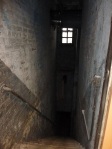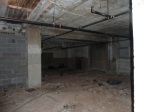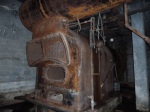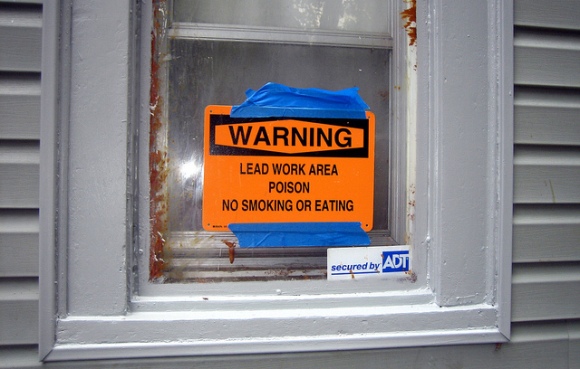Anyone living in Atlanta is familiar with the 9-story Briarcliff Summit building on the corner of Ponce de Leon Ave and North Highland Ave. Depending on where you strike your gaze it’s either a gorgeous 1920’s building with lovely decorative terra cotta detailing or a rundown brick building with cheap windows and unsightly window A/C units. In reality, Briarcliff summit is both and if all goes as planned is about to undergo a significant retrofit.
Originally known as the 750, the building opened to much fanfare in 1925 with 200 luxury condominiums. Asa G. Candler Jr., the son of Coca-Cola magnate Asa Candler Sr., owned the real estate firm that built the 750. As the Great Depression set in the building was converted to the Briarcliff Hotel and eventually HUD subsidized affordable housing.
-

-
Briarcliff Summit sits on the corner of Ponce de Leon and North Highland in Atlanta, GA.
-

-
Briarcliff Summit’s entrance
-

-
has clearly changed a little bit over the years!
-

-
All 201 of the apartments are getting new windows and central heating and cooling systems.
-

-
The view from the top- looking west towards downtown Atlanta.
-

-
The view from the top- looking east away from downtown Atlanta. That’s Stone Mountain in the distance.
-

-
The view to the basement where the original boiler remains.
-

-
Believe it or not this patch of dirt was once an extravagant indoor pool.
-

-
Section of the original boiler
-

-
Close up of the original boiler.
-

-
Section of the massive original boiler.
Evergreen Partners Housing, based in Portland, Maine, is in the process of purchasing the building. The project is seeking affordable housing and historic preservation tax credits to facilitate the much needed improvements. The renovation will include cosmetic upgrades (painting, replacing carpet with durable flooring, new kitchen cabinets, etc) and significant energy efficiency improvements (new windows and HVAC systems).
To aid their application for tax credits, Evergreen has chosen to pursue green certification under the Enterprise Green Communities program. Kruger Sustainability Group and Carl Seville are the green consultants on the project. Today we inspected the facility along with the general contractor, architect, engineer, and project manager from Evergreen. While the building was far from the conditions described in a 2006 Creative Loafing article, it clearly was in need of some TLC. A couple of the highlights from the building tour are the amazing view from the roof, inspecting the old boiler in the basement, seeing where the indoor pool used to be in the basement, and getting an close up view of the terra cotta.
I’ll post updates as the project progresses.















